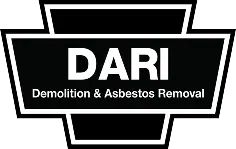Lead Remediation
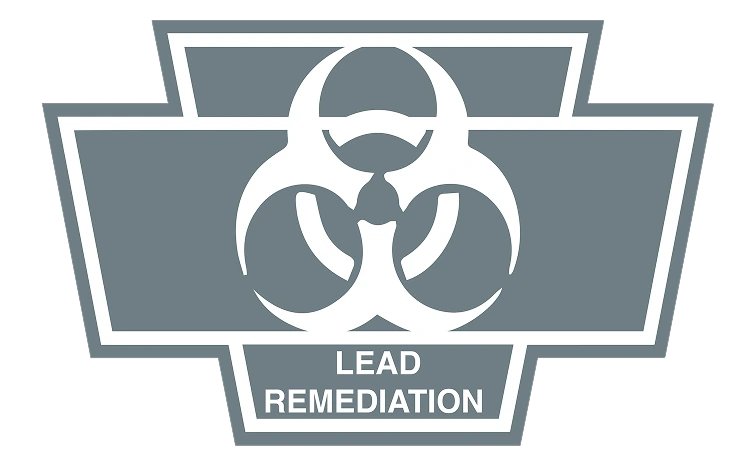
Lead Remediation Experts: Ensuring Safety & Compliance
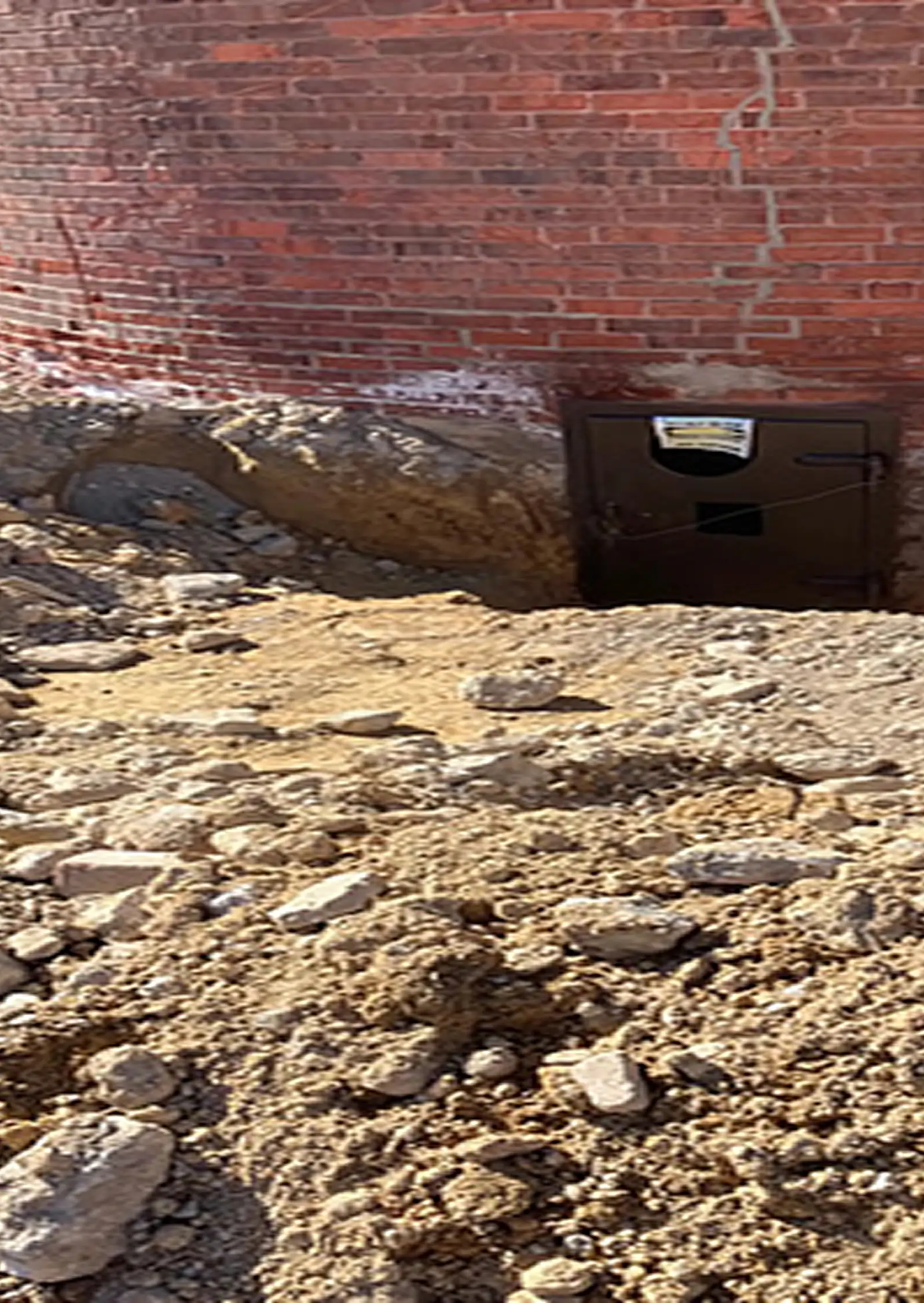
Key Responsibilities
- Lead Abatement & Removal – Safely remove or encapsulate lead-containing materials to prevent exposure.
- Regulatory Compliance – Ensure adherence to EPA, OSHA, and HUD regulations for safe lead handling.
- Air & Dust Monitoring – Conduct air quality testing and clearance sampling to verify safety.
- Worker & Public Safety – Implement containment measures, HEPA filtration, and PPE protocols to minimize risks.
- Waste Disposal – Manage and dispose of lead-contaminated materials in compliance with hazardous waste regulations.
Lead Remediation Industries & Applications
Residential & Commercial Buildings
Essential for pre-1978 structures with lead-based paint.
Schools & Public Buildings
Critical for occupant safety in educational and government facilities.
Industrial & Manufacturing Facilities
Older sites may contain lead-based coatings
Infrastructure & Water Systems
Addresses lead pipes and contaminated soil
Lead Remediation Certifications & Training
- Lead Renovation Firm Certification
- EPA Lead RRP Certification
- OSHA Lead Awareness Training
- State-Specific Lead Abatement Supervisor & Worker Certifications
- Third-Party CIH Review (When Applicable) – Partnering with Certified Industrial Hygienists and lead experts to ensure compliance, safety, and effective abatement, based on project scope and regulations.

Common Lead Hazards Requiring Remediation
Lead contamination affects commercial, industrial, and residential environments, particularly in older structures and high-risk facilities. It can enter water systems through aging or corroded plumbing components, posing serious health risks in public and private facilities. Demolition & Asbestos Removal, Inc. (DARI) specializes in safely removing and remediating lead hazards in the following areas:
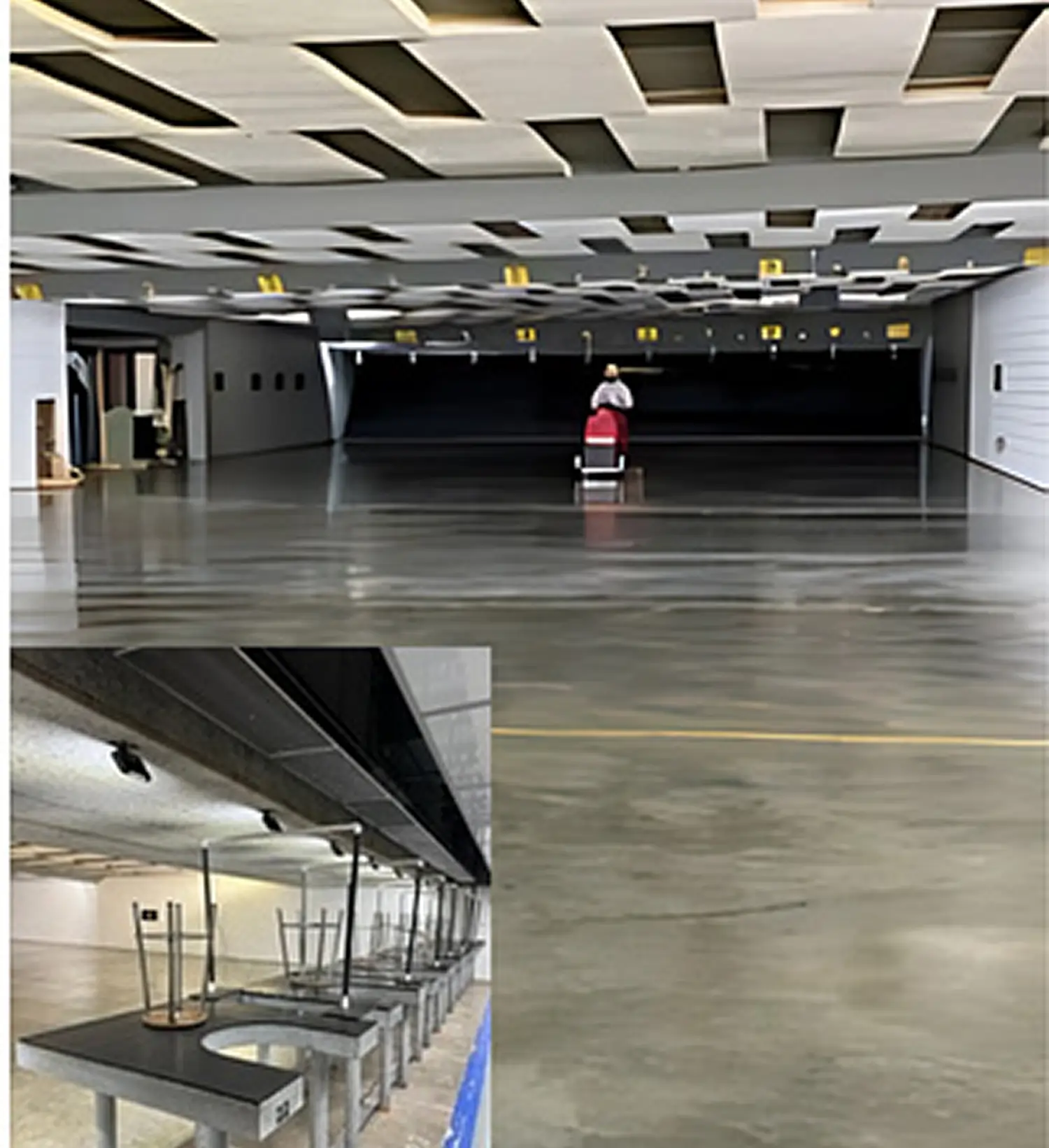
Lead-Containing Building Materials & Surfaces
- Lead-Based Paint –Found in pre-1978 homes, schools, offices, and public buildings.
- Painted Walls, Doors & Trim – Common in older residential and commercial structures.
- Ceilings & Plaster – Decorative coatings and textured surfaces may contain lead.
- Windows & Sills – Friction from opening and closing can generate hazardous lead dust.
- Wood & Metal Railings – Often coated in lead-based paint or primer.
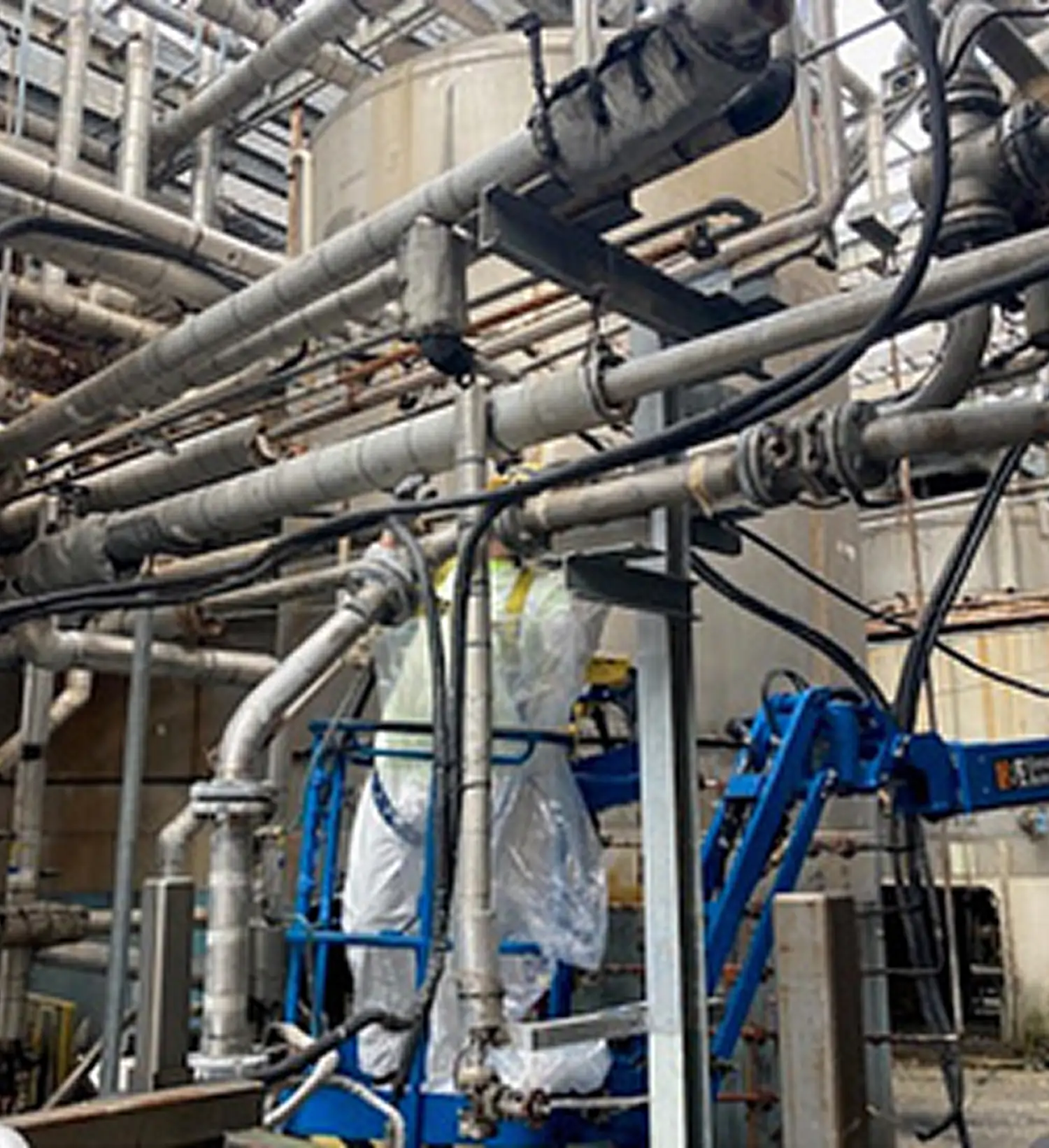
Lead Hazards in Industrial & Manufacturing Facilities
- Structural Steel Coatings – Industrial plants, bridges, and high-rise buildings often use lead-based protective coatings.
- Lead-Soldered Equipment – Found in pipe joints, machinery, and production equipment.
- Smelting & Foundries –Often contain historic contamination from metal casting and processing.
- Battery Manufacturing & Recycling – These facilities pose a high risk of lead exposure due to battery components.
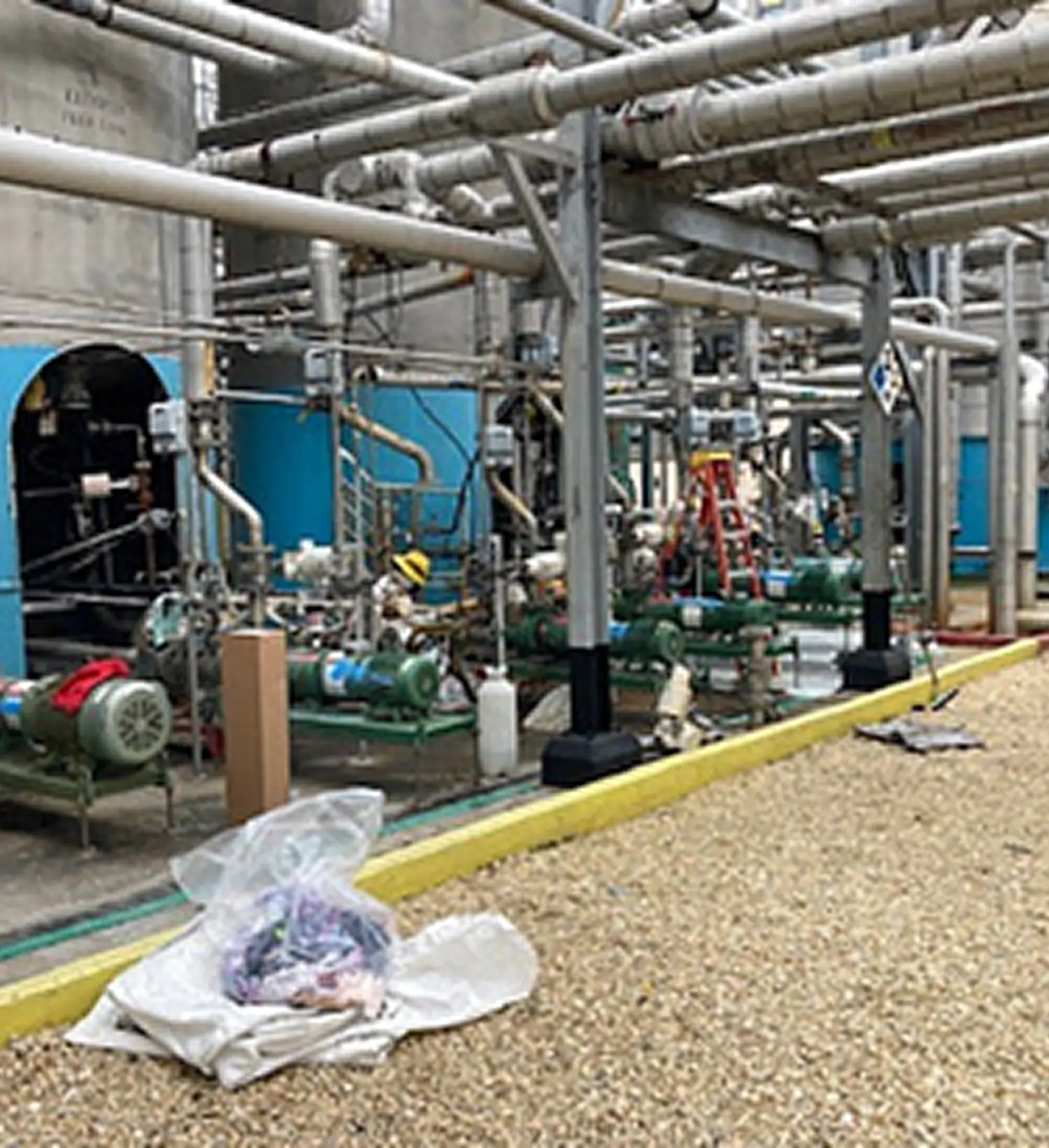
Lead Contamination in Plumbing & Water Systems
- Lead Pipes & Service Lines – Found in older underground municipal systems and building service lines, lead pipes, and interior plumbing can leach harmful contaminants into drinking water.
- Lead-Soldered Plumbing – This type of plumbing is common in homes and commercial properties built with copper pipes joined with lead-based solder, and it was commonly found in buildings constructed before lead solder was banned.
- Drinking Fountains & Faucets – Outdated fixtures and fountains with lead-containing components or internal parts that may leach lead into water supplies, contributing to waterborne lead exposure.

Lead Contamination in Soil & Outdoor Environments
- Historic Industrial Sites – Factories, refineries, and smelting operations often leave behind lead residue.
- Demolition & Construction Sites – Redevelopment activities can disturb contaminated materials, increasing exposure risks.
- Playgrounds & Residential Yards – Deteriorating exterior lead paint can contaminate the soil, posing health hazards.
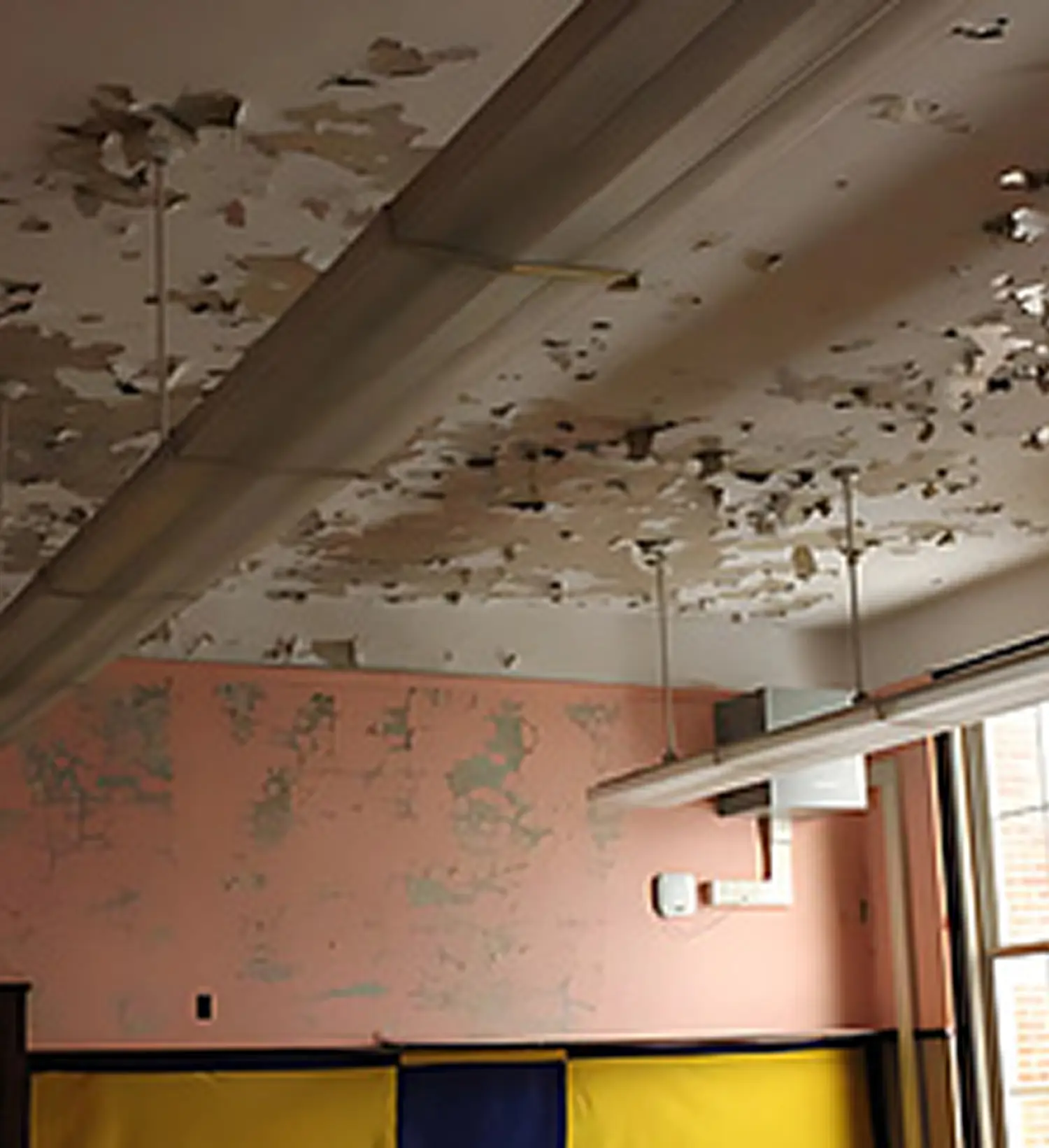
Lead Hazards in Healthcare, Education & Public Facilities
- Hospitals & Medical Labs –Lead paint, plumbing, and shielding materials in older hospitals and labs can pose serious exposure risks, particularly in patient care and diagnostic areas
- Schools & Daycares – Aging educational facilities often contain lead-based paint, contaminated soil, and outdated plumbing, putting children and students at heightened risk of exposure.
- Government & Military Buildings – Older administrative, operational, and housing structures may contain lead-based coatings, pipes, and materials that require safe removal during renovation or demolition.

Lead Risks in Fire Protection & Electrical Systems
- Lead-Based Fireproofing – Often hidden in older or industrial buildings, lead-based fireproofing is found in structural coatings and spray-applied materials used to protect steel and load-bearing components. These materials can deteriorate or become airborne during renovation or demolition.
- Cable Insulation & Electrical Components – Lead is commonly present in insulating electrical wiring, circuit breakers, connectors, and industrial electrical systems. Disturbing these components during system upgrades or removal can pose serious exposure risks.
Demolition & Asbestos Removal, Inc. provides comprehensive lead remediation services to safely remove and manage lead hazards in any environment, ensuring full compliance with EPA, OSHA, HUD, and state regulations for health and safety.
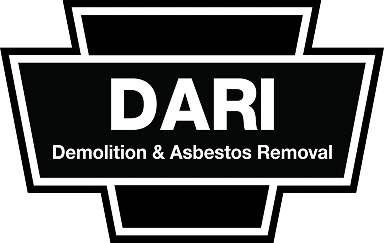
Contact Demolition & Asbestos Removal, Inc. (DARI) today to discuss your asbestos abatement and remediation project today.


